In Brief
- Two more teams of researchers have found ways to create time crystals, lattices that repeat not in space but in time, breaking time-translation symmetry.
- Though applications are unclear, the research could help us better understand quantum properties and solve the problem of quantum memory associated with quantum computing.
Time crystals are strange. At the very least, they are a contradiction. A time crystal is quantum phenomenon that demonstrates movement while remaining in its ground, or lowest energy, state. Essentially a non-equilibrium form of matter, time crystals are lattices that repeat not in space but in time, breaking time-translation symmetry.
When the idea of a time crystal was proposed in 2012 by physicist and Nobel laureate Frank Wilczek, it was only a theoretical possibility that would challenge many of the laws of physics. Then, in October 2016, a team of researchers from the University of California, Santa Barbara (UCSB) managed to make a “floquet time crystal.”


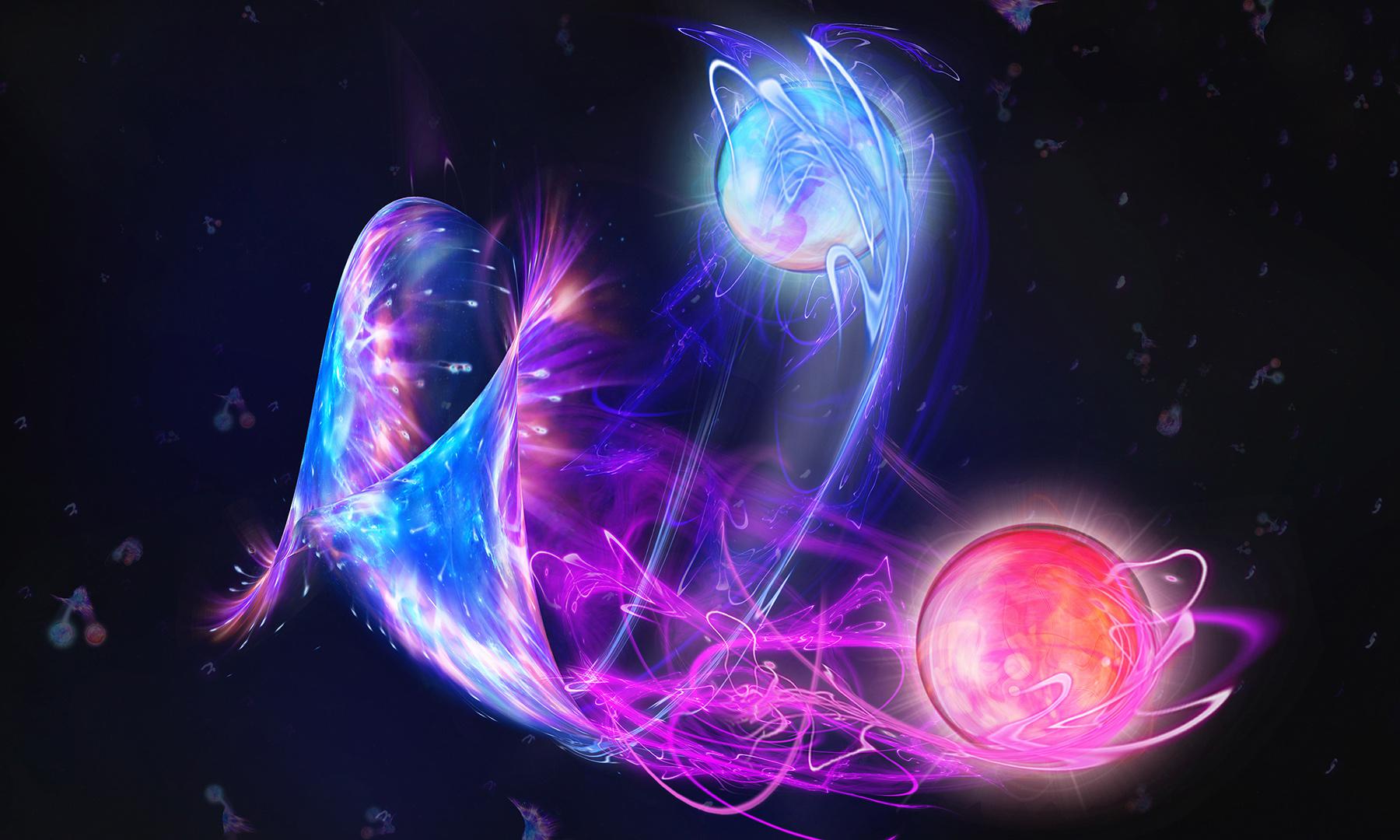
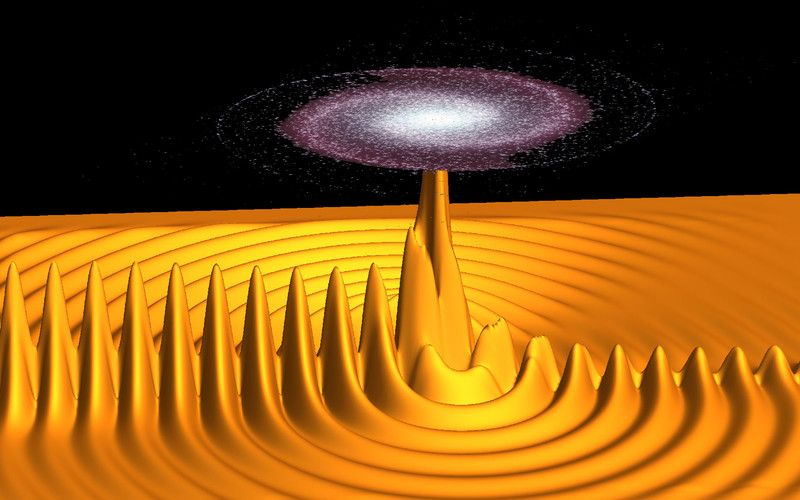
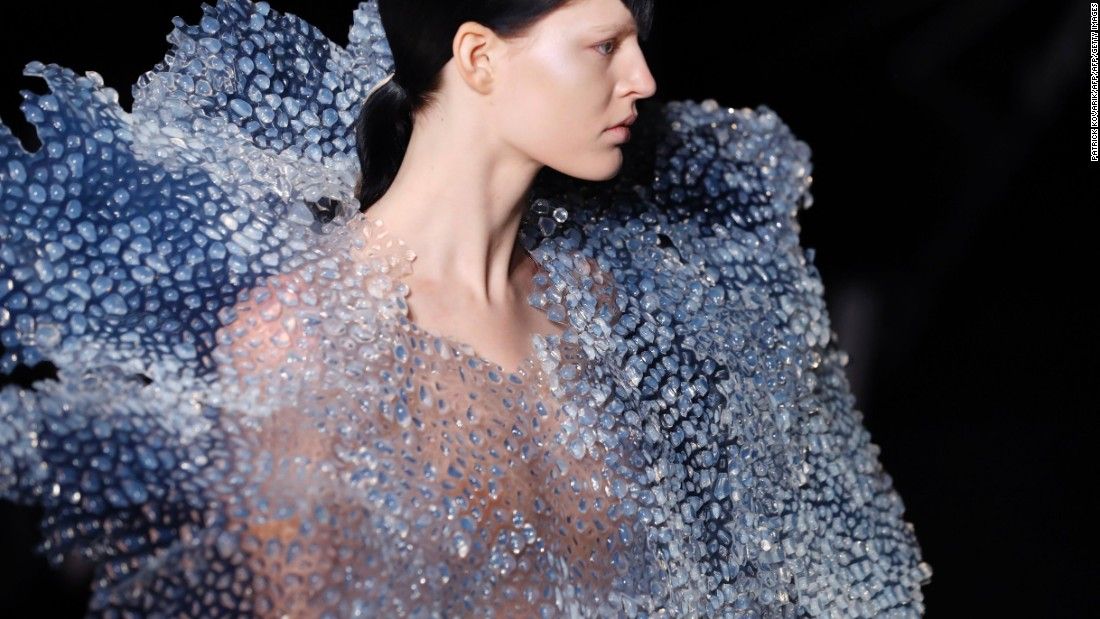
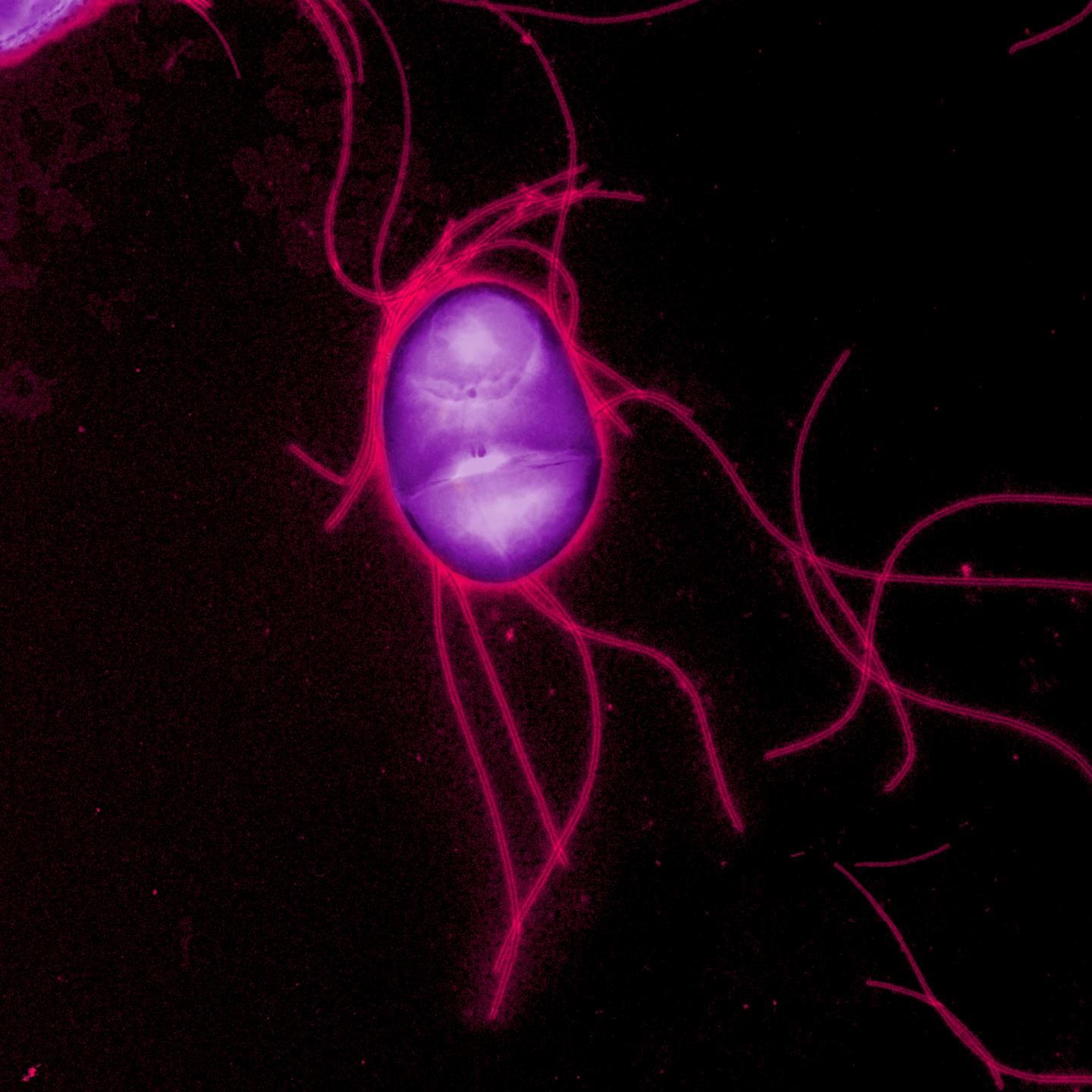
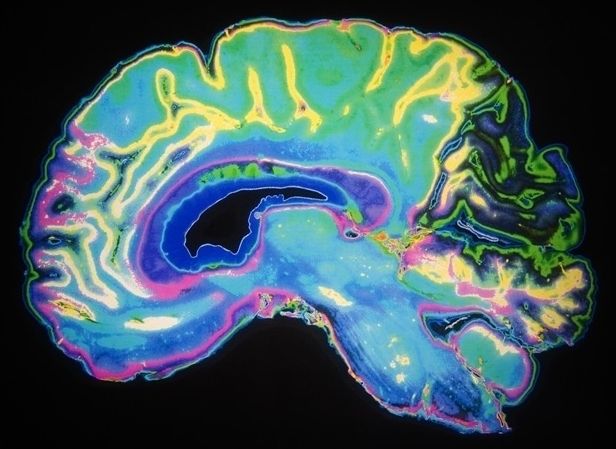

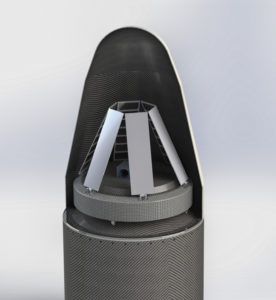 ly difficult to maneuver and control once in space, and George Washington University’s plasma thruster technology helps us manage this problem. The thrusters use titanium as a propellant, which is converted into a gas-like plasma to provide propulsion. The plasma then accelerates and expands into a vacuum at high velocities to produce thrust. This thrust helps the craft overcome drag and maintain the small satellite’s orbit. We plan to use the technology as part of our launch system dedicated to micro spacecraft.
ly difficult to maneuver and control once in space, and George Washington University’s plasma thruster technology helps us manage this problem. The thrusters use titanium as a propellant, which is converted into a gas-like plasma to provide propulsion. The plasma then accelerates and expands into a vacuum at high velocities to produce thrust. This thrust helps the craft overcome drag and maintain the small satellite’s orbit. We plan to use the technology as part of our launch system dedicated to micro spacecraft.